PDF chapter test TRY NOW
A molecule is the smallest particle of an element or compound capable of an independent life and exhibiting all of the substance's properties.
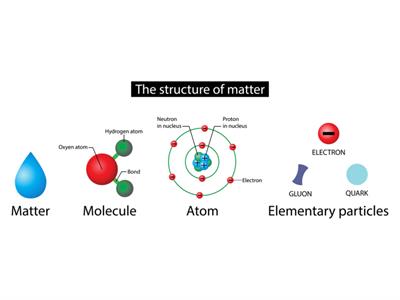
In general, a molecule is a set of two or more atoms that are chemically bound or held together by attractive forces.
Atoms from the same or different elements may combine to form a molecule.
Atoms from the same or different elements may combine to form a molecule.
Example:
- To understand it simply, consider a water molecule, which has two elements hydrogen and oxygen. These two hydrogen and one oxygen atoms combined to form a water molecule.
- Calcium oxide \(CaO\) contains two elements calcium and oxygen. One atom of calcium and oxygen each combine to form a calcium oxide molecule.
- Oxygen \(O_2\) where two oxygen atoms make up this molecule.
- Chlorine \(Cl_2\) where two chlorine atoms make up this molecule.
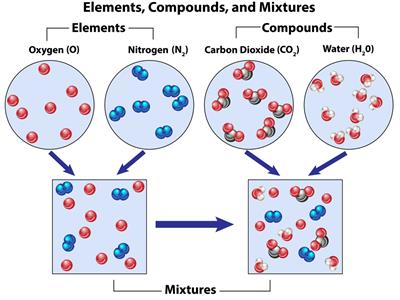
Molecules of elements:
The atoms that make up a molecule of elements are of the same nature.
- Monoatomic Elements:
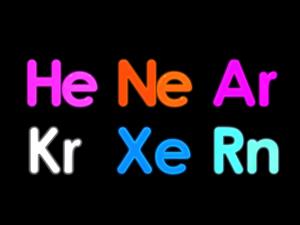
In their molecular form, certain elements are monatomic, meaning they are made up of just one atom.
Helium \(He\) is an example of a monoatomic element.
- Diatomic Elements:
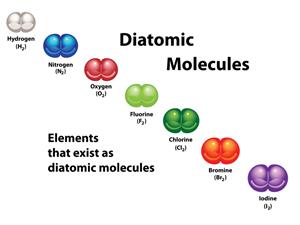
If the molecule constitutes two atoms, we can classify it as a diatomic molecule. In their molecular shape, other elements have two or more atoms.
For example, each molecule of hydrogen \(H_2\), oxygen \(O_2\), and chlorine \(Cl_2\) has two atoms.
- Triatomic Elements:
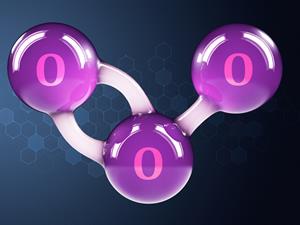
If another atom is combined with , it forms ozone (), which is a triatomic molecule.
Note:
- Monoatomic and diatomic molecules are more stable than triatomic molecules.
- Most non-metals are diatomic molecules.
Molecules of compounds:
Compound molecules contain atoms from two or more separate elements.
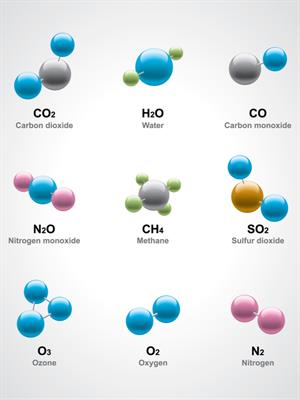
Example:
For example, Water \(H_2O\) has three atoms: Two hydrogen (H) atoms and one oxygen (O) atom.
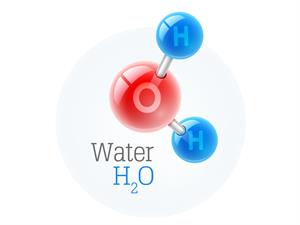
Methane \(CH_4\) with five atoms: One carbon (C) and four hydrogen (H) atoms respectively.
Glucose \(C_6H_{12}O_6\) contains the elements of carbon \(6\), hydrogen \(12\) and oxygen \(6\) atoms combined to form a glucose molecule.
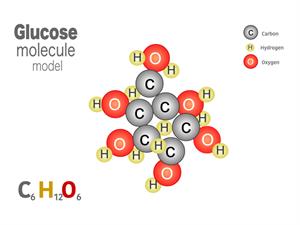
Sodium chloride \(NaCl\) contains the two elements of hydrogen and oxygen atoms combined to form a sodium chloride molecule.
